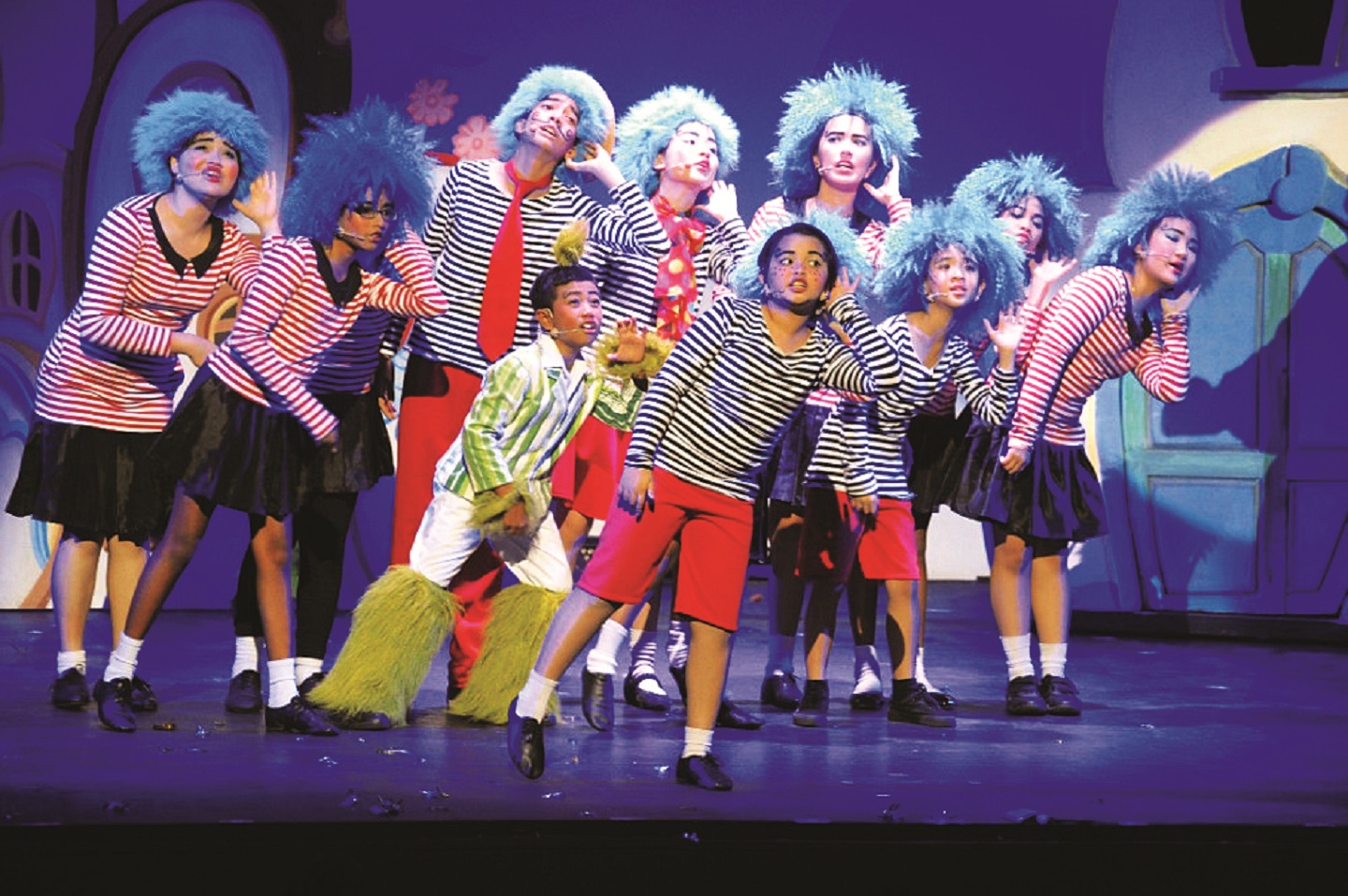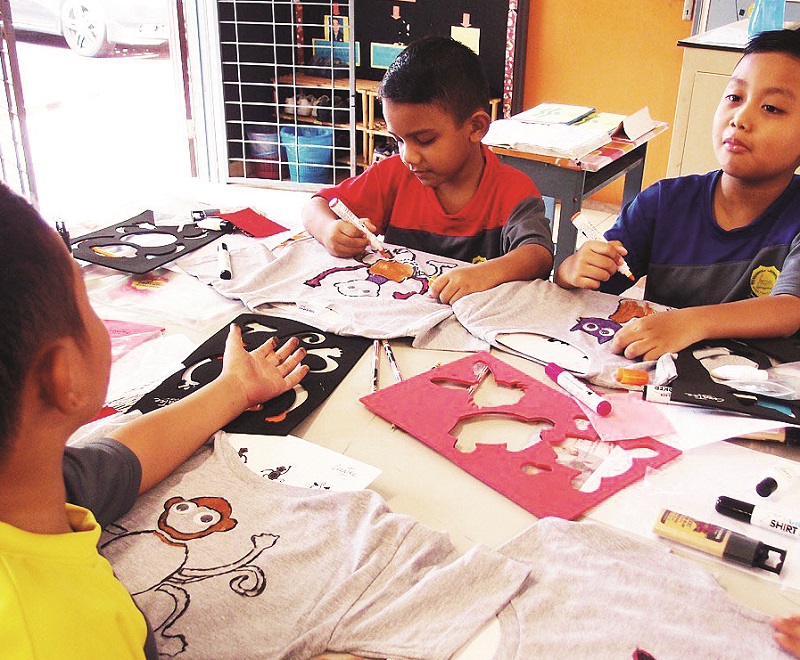
Kakiseni Junior Musical Theatre bootcamp (All photos: Kakiseni Junior)
Children exposed to the arts get to go where curiosity leads, explore things outside their ambit and gain experience that boosts their confidence and helps them express themselves better.
But many who wish to explore art lack access because their parents do not know what is available or where to start looking. The child himself may not be able to communicate what he likes and ask for it. Besides, who is there to guide his budding interest?
Kakiseni Junior aims to bridge that gap. It is an online platform where parents and teachers can find creative classes to kindle young people’s interest in the arts. The portal, officially launched on Feb 28, supports arts practitioners by giving them an avenue to promote their classes and set their own pricing, and also allows teachers to conduct lessons in a safe environment.
Since its soft launch last May, more than 100 artists have signed up to provide their services under four categories: performing arts, visual arts, traditional arts and life skills. Over 250 users have registered on the platform, which is funded by Yayasan Sime Darby under its arts and culture pillar.
Artisans get to keep the full payment for every session they conduct. Users contribute a processing fee of RM5 for every transaction on the website that will be used to support Seni Making A Difference, an outreach programme built on a plea that every child be given access to the arts. Yayasan Sime Darby has paid forward for 160 children in underserved communities to attend SeniMAD, creative classes conducted by professional artists over 16 weeks in public schools and community spaces. Pre-Covid-19, a showcase by the students was held at the end of every programme.
Kakiseni Junior is an initiative by Kakiseni, which first rolled out in 2001 as an online portal for listings, reviews and features about arts and culture. The junior arm aims to serve those keen on the arts but do not know how to connect with it, says Kakiseni president Low Ngai Yuen.
low_ngai_yuen.jpg

“It’s a project we’ve been trying to put up since 2015. There are lots of ways to access the arts, but various factors hamper opportunities for children to explore it. A family may not be able to afford classes. And not every parent will ask, ‘Do you like to try it?’ and take their children to one.
“When you are exposed to something, you learn more about yourself. When that happens, you become more aware of your own needs and you develop better.
That’s why we’re trying to get more kids involved,” Low shares.
Kakiseni has been doing arts outreach for children at community centres. “We don’t go in with guitar or drum sets and say, ‘Who wants to learn?’ We just hang out and do stuff and wait for them to come to us, in their own way, their own time. Or, they join us to do something.”
What the artists charge for lessons under Kakiseni Junior varies, as do the duration of each session. The RM5 transaction fee, when pooled, becomes sizeable, and gives other kids the chance to pick up a new skill, she adds.
It took Kakiseni’s core team a while to pitch the idea of the junior website in 2020. “When you’re doing work on the ground, you forget that sometimes, in order to scale, you need a platform. The pandemic sort of gave us a reminder: ‘Where is your scalability?’”
kakiseni.jpg

Building it also involved getting the artists to really understand the curriculum they want to reach out to parents with, and ensuring that teachers know how to deliver online classes in engaging ways.
The next phase they are working on is physical venues. Over the years, there have been requests from malls, building managers and communities to set up classes in their space. “We were not very keen because managing overheads is not what we want to do,” Low says.
Going forward, with technology to handle management and administrative work, a viable option is to let artists rent and use space based on demand, dealing directly with their owners. They can take a room and [the rent] will be deducted off the classes they do on that day.” Such spaces will be conducive and safe for children, especially if the classes are held close to their homes, in community areas or public spaces, Low explains.
This article first appeared on Mar 7, 2022 in The Edge Malaysia.


